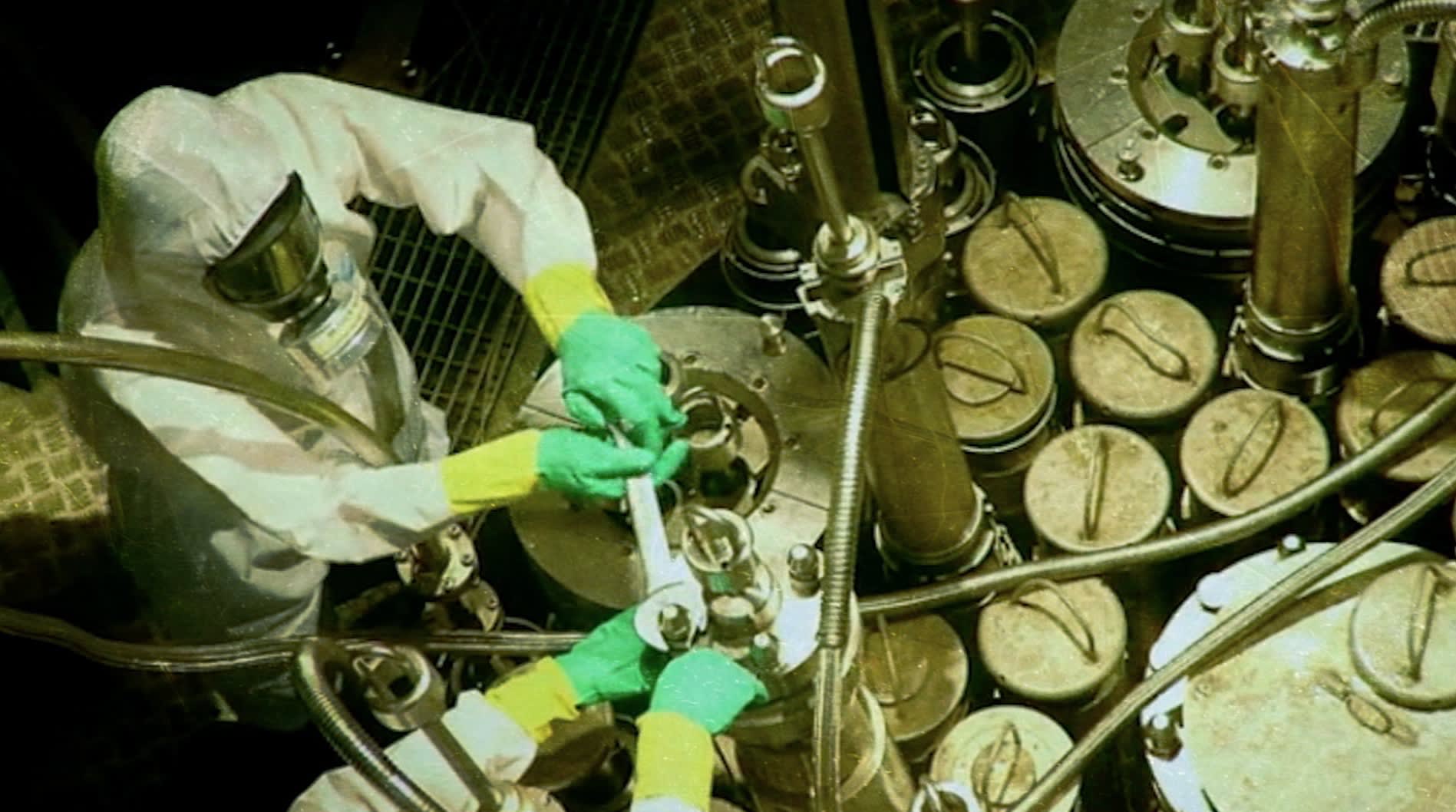نيويورك، الولايات المتحدة الأمريكية-- (CNN) لا يزال خبراء في مجال الأسلحة الكيماوية يحاولون تضخيم فرضية تطوير نظام داعش لقنابل كيماوية قاتلة، مما يجعل المرء يعتقد أن المجتمع أصبح يعيش في عالم وحشي يحكمه الدمار والفوضى والتقتيل، لكن هذا لا يعني ألا نبقى حذرين من خطورة تطوير قنابل فتاكة من هذا النوع من شأنها ترك دمار محدق.
لا يُعتقد أن اجتماع قادة العالم في مؤتمر محادثات الخطر النووي سيكون كافيا، لأن العالم أصبح يعيش في خوف دائم ويتوجب اتخاذ إجراءات إضافية، خصوصا عندما نتذكر أن منفذي تفجيرات بروكسل كانا يسجلان أشرطة فيديو لمسؤول بلجيكي يعمل في منشاة نووية تحتوي على مواد إشعاعية من شأنها أن تستخدم في تصنيع "قنابل قذرة."
لا نعلم ما إذا كان منفذا الهجوم ينويان اختطاف أحد افراد عائلته، لكن الذي أصبح ممكنا هو أن نشهد هجمات تشمل استخدام قنابل كيميائية.
ما هي الأخطار الراهنة؟ من المحتمل أن يستولي إرهابيو داعش على أسلحة كيماوية من منشأة لا تزال تحتوي على بقايا قنابل نووية استخدمت في الحرب الباردة ومن الممكن إيجادها في قواعد نووية في باكستان أو حتى في ضواحي العاصمة بروكسل.
الخطر الثاني هو أن يستولي عناصر داعش على مواد خام تُستخدم في صناعة القنابل النووية مثل مادة اليورانيوم أو البلوتونيوم، لكن سيكون من الصعب عليهم تخصيب اليورانيوم بأنفسهم لأنها تستلزم جهود دولة وكذلك يجب أن تتم عملية التخصيب في منشآت فائقة التطور ولكن في حال حصول تنظيم داعش على كميات قد لا تزيد عن 20 إلى 50 كيلوغراما من مادة اليورانيوم، فمن الممكن له تصنيع قنبلة بحجم قنبلة هيروشيما من شأنها قتل مئات الألاف من الناس.
الخطر الثالث هو احتمال تصنيع قنابل قذرة التي بدورها تتسم بجميع خصائص القنابل التقليدية، لكن هذا النوع من القنابل يضاف إليه بعض من المواد المشعة مثل سيزيوم أو سترونتيوم. عندما نخلط خمسة كيلوغرامات من السيزيوم في كيس صغير من الديناميت، من الممكن أن يشكل انفجاره سحابا مشعا يغطي بدوره أحياء سكنية بأكملها، ومن الممكن أن يترك اثار كيميائية وينتج عنه أعراض صحية خطرة مما قد يؤدي إلى حالات هلع في أوساط السكان ويكبد بدوره خسائر مادية ستقدر بملايين الدولارات.
الخطر الرابع يكمن في شن هجمات تفجيرية محتملة على مفاعلات نووية ومخازن للأسلحة كيميائية من شأنها إحداث تلوث جوي خطير مثل ما حصل في فوكوشيما ومنطقة تشيرنوبيل الأكرانية. رغم أن المفاعلات النووية مصممة للتصدي لهجوم شاحنات صناعية أو طائرات متوسطة الحجم، لكنها قد تُستهدف بطائرات أكبر أو بسلسلة هجمات انتحارية. والخطر الأكبر هو شن قرصنة إلكترونية محتملة على هذه المفاعلات النووية، حسب ما جاء في دراسة محاكات تجريبية على منشأة نووية قامت بها كل من الولايات المتحدة والمملكة المتحدة الأسبوع الماضي.
هل يمكننا التصدي لهذه الأخطار؟ الإجابة هي نعم، ولكن ذلك يمر عبر التخلص من المواد النووية أو الحد من كمياتها وتشديد الحراسة على المتبقي منها كي لا يتمكن الإرهابيون من الوصول إليها، ولكن هل نحن نقوم بذلك فعلا؟ الإجابة هي: كلا، إذ يقول المسؤول في إدارة جورج بوش السابقة، ويليام توباي، إن قدرات منظمة داعش أصبحت أكثر كفاءة وأضاف أنه من المحتمل ان يشهد العالم هجمات نووية إرهابية أكثر مقارنتا مع السنتين الماضيتين.
الولايات المتحدة الأمريكية تنفق سنويا ما لا يقل عن 35 مليار دولار أمريكي على الأسلحة النووية، ولكن إنفاقها السنوي على الحد من انتشار تلك الأسلحة لا يزيد عن 1.8 مليار دولار، قراءة بسيطة في حجم التفاوت بين هذين الرقمين يظهر لنا حجم الخلل الموجود.
